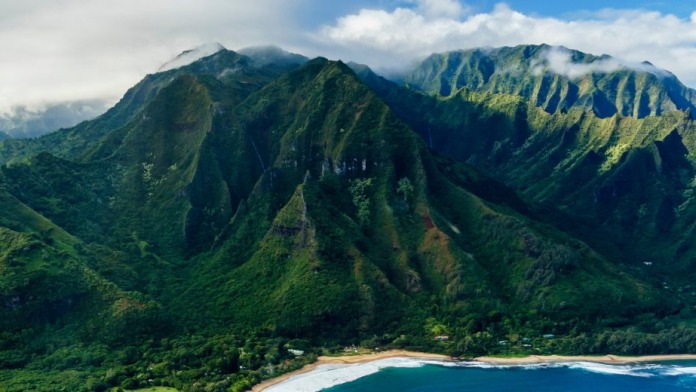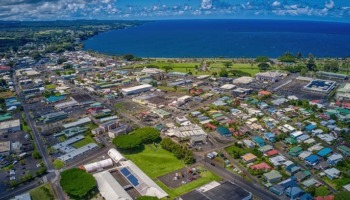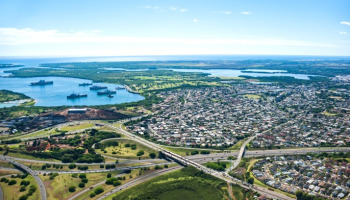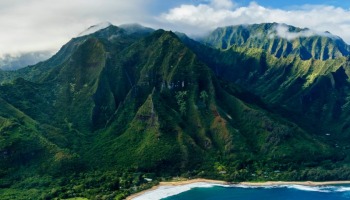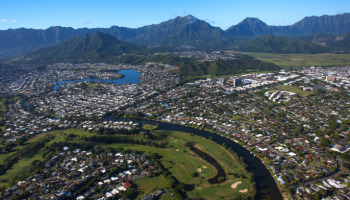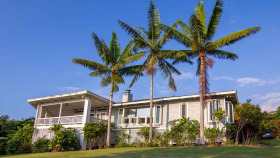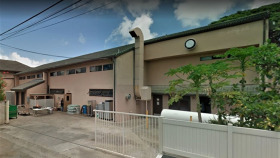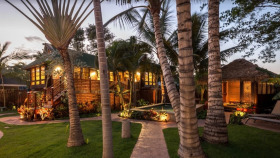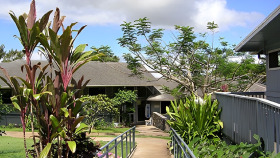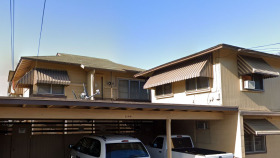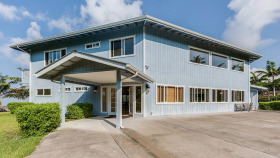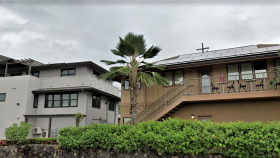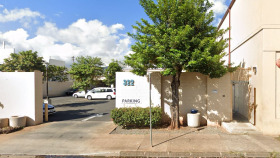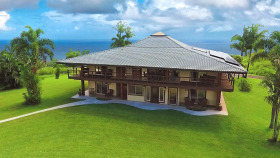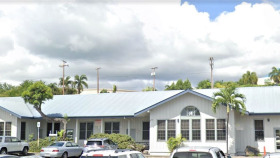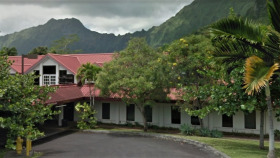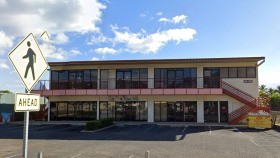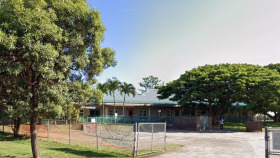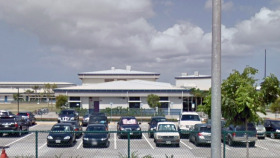Expert Insights
Volunteering with youths in Honolulu, I’ve observed how vaping and pill misuse are quietly reshaping our communities.
It’s no longer rare to hear about a teen who overdosed from what they thought was a prescription pill, only to find out it was laced with a harmful substance like fentanyl. These are not mere poor decisions. They’re signs of deeper issues such as stress, disconnection, and limited access to resources and support.
According to the Center for Disease Control and Prevention, 15% of high school students in Hawai’i reported using e-cigarettes in 2021. Meanwhile fentanyl related deaths continue to rise. We need more grassroots programs focused on prevention, education, and creating real connections with our youth.
~ Elizabeth Austen
How Much Does Drug Rehab Cost in Hawaii?
Hawaii is ranked 44th nationwide in terms of addiction treatment affordability, with an average cost of drug and alcohol rehab of $58,810 (without insurance).
- Medical detox is the most expensive, with an average cost of $144,988
- Long-term inpatient drug rehab in Hawaii costs an average of $51,896
- Outpatient addiction treatment in Hawaii costs an average of $8,623
- Outpatient methadone treatment is the most affordable, with an average cost of $7,662
The exact cost of addiction treatment in Hawaii depends on several factors, including:
The type of treatment program you need, i.e., inpatient vs. outpatient care
The types of features
The duration of treatment
Whether or not you have health insurance
Whether or not you’re eligible for special financing or government funding
Location
How to Pay for Drug Rehab in Hawaii
As of 2024, there were over 160 drug rehab facilities across the state of Hawaii. These facilities accept several payment methods. Of those treatment facilities, the following numbers reflect how many accept their respective payment methods:
Drug and alcohol addiction treatment is not a luxury. It is a necessity to experience sobriety and sustainable recovery. When paying for addiction treatment in Hawaii feels out of reach, consider the following payment options that can help make treatment accessible and sobriety achievable.
Private pay + Insurance
One common way people pay for addiction treatment is through commercial health insurance policies. Most health insurance policies must cover mental health and substance use disorder treatment as mandated by two federal laws. These include the 2008 Mental Health Parity and Addiction Equity Act and the 2010 Affordable Care Act.
However, there are exceptions to these laws, so it is crucial to verify your insurance coverage and understand your potential out of pocket costs. Even with health insurance, some people opt for private pay or self-pay to reduce the potential that their employer will learn they require addiction care. These are some of the major commercial insurance providers that cover people in Hawaii.
- Hawaii Employer-Union Health Benefits Trust Fund
- Hawaii Management Alliance Association
- Hawaii Medical Service Association
- Humana
- Kaiser Foundation Health Plan, Inc.
- UnitedHealthcare Insurance Company
- University Health Alliance
Medicaid
Medicaid is a joint program between state and federal agencies that provides healthcare coverage for adults and children. You must meet several eligibility requirements including low income, state residency, citizenship, and a current social security card. Pregnant women and children and people who receive Supplemental Security Income are groups that meet mandatory eligibility. You can check your Medicaid eligibility through the Healthcare Insurance Marketplace.
Hawaii Medicaid also offers two medical assistance programs. The first is the state QUEST Integration, which provides Medicaid recipients with additional benefits based on their medical necessity and clinical criteria. The second is Medicaid Fee-For-Service in which providers are paid directly for their covered services. Eligibility for Medicaid Fee-For-Service is very similar to the Medicaid eligibility requirements.
Medicare
Medicare is a federal insurance program for which you must meet eligibility requirements – people over age 65, or certain younger people with certain disabilities or health conditions. The program helps pay for health care using Medicare Part A for inpatient and hospitalizations and Medicare Part B to pay for outpatient care including doctor’s visits and hospice care. Medicare Part C are premium based Medicare Advantage Plans that help manage care through original Parts A and B and Medicare Part D helps cover prescriptions, which may help cover opioid substitution programs like methadone treatment.
There are roughly 298,000 Hawaiian residents enrolled in Medicare and more than 53% have enrolled in Medicare Advantage plans. Residents also have access to several plans if they are eligible for Medicaid and Medicare – also called Dual Eligibility. These plans provide added benefits beyond original Medicare, such as transportation, coordinated care between Medicare and Medicaid, or a single care manager.
Military Insurance
TRICARE is the healthcare plan for uniformed services personnel – both active and retired – and their families. Military personnel receive comprehensive coverage administered by the Defense Health Agency. TRICARE splits the U.S. into two regions – West and East. TRICARE West Region covers Hawaii and is managed by Health Net Federal Services. They offer treatment for substance abuse and mental health conditions in private settings and VA hospitals.
VA health care ensures veterans have access to primary care and specialists, including substance abuse and addiction treatment. Many veterans struggle with addiction to alcohol, street drugs, prescription medication, and tobacco. VA health care offers various services, including medically managed detox, drug substitution therapy, and inpatient and outpatient care.
Tribal Funding and Programs
There are no federally or state recognized tribes in Hawaii. The state recognizes Indigenous Polynesian people known as Native Hawaiians or Kānaka Maoli. A person is Hawaiian if they were born, grew up, and identify with the state’s culture, but that does not make them Polynesian or Pacific Islander.
There are several available state level resources to address substance use in Hawaii, including prevention and recovery programs, virtual meetings, and training. The Salvation Army operates a Hawaiian and Pacific Islands Division to address drug and alcohol rehabilitation. They provide free housing, counseling, food, and help with employment to help you get back on your feet.
Other Low-Cost Options
Your insurance coverage and free addiction treatment centers help lower your out of pocket costs. Several other low-cost options can help reduce the financial burden of drug and alcohol rehab. Typically, the quickest way to receive care is a personal loan from the bank or friends and family. This allows you to start treatment immediately while you obtain funding from other sources. A loan from the bank gives you greater confidentiality, but friends and family usually charge less interest and offer more flexibility in the repayment plan.
You can explore several other options with the financial counselor at your treatment center of choice. These include a potential payment plan, sliding scale fees based on your income and ability to pay, and grants and scholarships from local organizations and the treatment center. Faith-based organizations are often nonprofit and may offer financial assistance to complete their program. Each of these can help reduce your out-of-pocket cost and make addiction treatment more accessible.
Resources
- Hawaii Department of Health (2020). Hawai’i Student Alcohol, Tobacco, and Other Drug Use (ATPD) Survey.
- U.S. Department of Health & Human Services (2021, November 10). Mental Health and Substance Use Insurance Help.
- SAMHSA (2021). Medication-Assisted Treatment (MAT).

